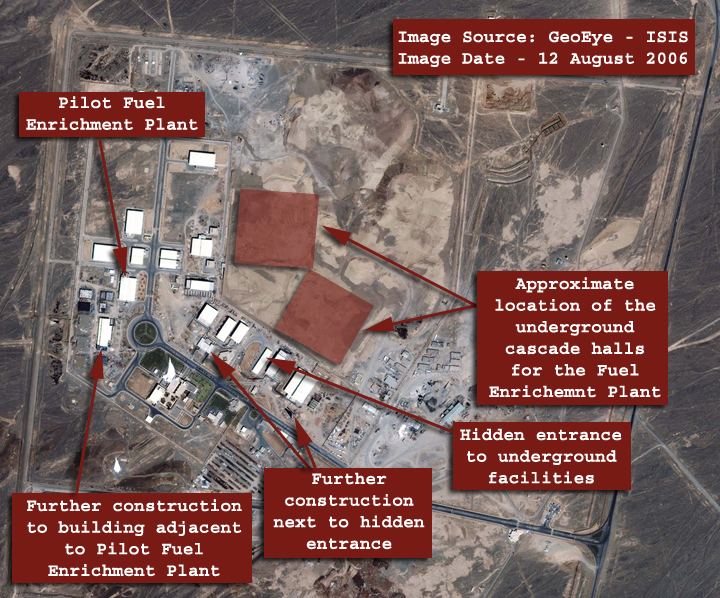Bakhsh Central Population 12,060 (2006) | County Natanz Time zone IRST (UTC+3:30) Local time Tuesday 9:37 AM | |
 | ||
Weather 7°C, Wind W at 11 km/h, 32% Humidity | ||
Sara kesheh chats with karen cockburn natanz kashan isfahan iran
Natanz (Persian: نطنز, also romanized as Naţanz) is a city in and the capital of Natanz County, Isfahan Province, Iran. At the 2006 census, its population was 12,060, in 3,411 families. It is located 70 kilometres (43 mi) south-east of Kashan.
Contents
- Sara kesheh chats with karen cockburn natanz kashan isfahan iran
- Map of Natanz Isfahan Province Iran
- Natanz na tanz artisan grand pottery master ebadi by alireza naghavi
- Nuclear facility
- References
Map of Natanz, Isfahan Province, Iran
Its bracing climate and locally produced fruit are well known in Iran. Its pear fruits are well known. The Karkas mountain chain (Kuh-e Karkas) (meaning mountain of vultures), at an elevation of 3,899 meters, rises above the town, and locals point in its direction telling how the Achaemenian King, Darius III, was killed nearby.
Various small shrines dot the area, and it is known as the shrine of Abd as-Samad. The elements in the present complex date from 1304 with subsequent additions and restorations, such as the Khaneqah and Muqarnas vault. The tomb honors the Sufi Sheikh Abd al-Samad, and was built by the Sheikh's disciple, the Ilkhanid vizier Zain al-Din Mastari.
Natanz na tanz artisan grand pottery master ebadi by alireza naghavi
Nuclear facility
The Natanz Nuclear Facility, located some 30 km NNW from the town (33°43′N 51°43′E) near a major highway, is generally recognized as Iran's central facility for enrichment with over 19,000 centrifuges currently operational and nearly half of them being fed with uranium hexafluoride.
Enrichment of uranium at the plant was halted in July 2004 during negotiations with European countries. In 2006, Iran announced that it would resume enrichment. In September 2007, the Iranian government announced that they had installed 3,000 centrifuges at Natanz. In 2010, the International Atomic Energy Agency (IAEA) was told by the Iranian government that future enrichment programmes would take place at Natanz, and they would start in March 2011.
In January 2013, Fereydoun Abbasi from the Atomic Energy Organization of Iran said: "five percent uranium enrichment is continuing at Natanz, and we will continue 20 percent enrichment at Fordo and Natanz to meet our needs".
Daily inspection by the IAEA of the Natanz site was agreed as part of the nuclear enrichment reduction agreement made with the P5+1 countries in November 2013.
The facilities at Natanz were one of two facilities allowed to continue under the Joint Comprehensive Plan of Action in April 2015.
